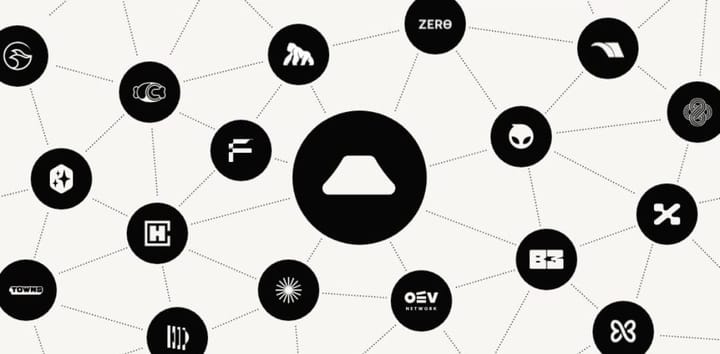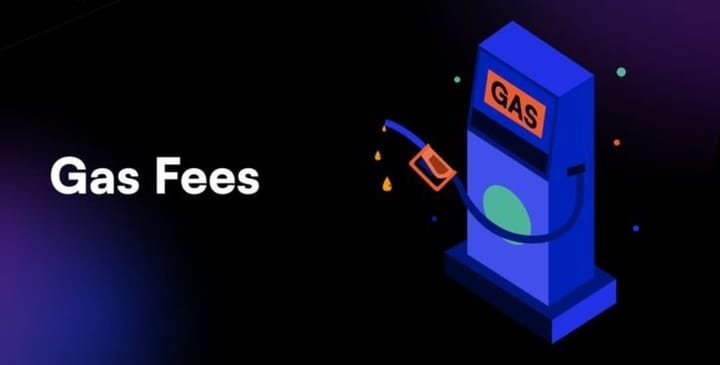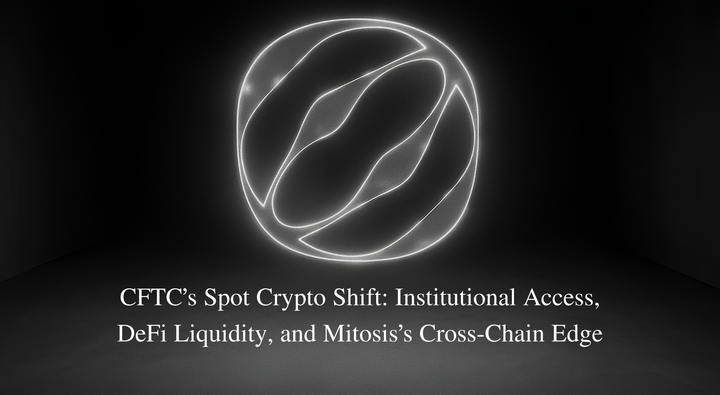Decentralized Artificial Intelligence is Here.

DeAI: The Future of AI Is Finally in Our Hands
If you've been watching the tech world lately, you’ve probably noticed two words popping up everywhere: AI and Web3. Separately, they’re powerful. Together? They might just change everything.
This isn’t just another tech mashup. It’s a movement — and it’s called DeAI, short for Decentralized Artificial Intelligence.
Let’s unpack what that means, and why it matters more than most people realize.
First, a Quick Reality Check on AI
AI is booming — but it’s also wildly centralized. Currently, a few large companies own the largest models, the most extensive datasets, and the ability to influence how AI affects us. A few giant companies own the biggest models, the largest datasets, and the power to shape how AI impacts our lives.
The big question is this:
- Want to train a model? Better have a few million dollars.
- Want to protect your data? Good luck.
- Want to understand how AI made a decision? Nope, it’s a black box.
And that’s where Web3 comes in — with tools to distribute, decentralize, and give power back to people.
So What Is DeAI?
At its core, DeAI is about moving AI away from centralized control and putting it into open, transparent, community-driven ecosystems.
In practice, it means:
- AI models can live on decentralized networks (not hidden behind Google’s firewall).
- Anyone can contribute data, computing power, or improvements — and get paid in tokens.
- Smart contracts handle requests and payments automatically, eliminating the need for intermediaries.
- Communities (not CEOs) vote on how things work, what gets trained, and who benefits.
It’s like taking ChatGPT, blending it with Ethereum or other EVMs, and letting the world help shape it — together.
Why This Is a Big Deal
Imagine a world where:
- You own your data and decide if you want to let an AI learn from it (and get rewarded if you do).
- Developers anywhere can build intelligent tools without begging cloud giants for access.
- We finally understand how decisions are made — because the models are open-source and transparent.
DeAI is about building trustworthy AI, not just powerful AI.
How It Works (Without the Tech Jargon)
Let’s break it down simply:
Projects Leading the Charge
You’ll want to keep an eye on these:
Bittensor – A full-on decentralized network where AI models compete and get rewarded.
SingularityNET – A marketplace for AI services, governed by a DAO.
Gensyn – Makes it easy to rent your idle GPU to train AI — and get paid.
Ocean Protocol – Turning data into a tokenized, permissioned asset.
Fetch.AI – Building smart agents that act autonomously in decentralized systems.
These aren't just experiments. They’re **live**, growing, and in some cases already making serious waves.
But It’s Not All Rainbows
DeAI has huge potential — but it’s not without challenges:
Speed: Decentralized networks can’t yet match Big Tech cloud speeds.
UX: Most platforms are still pretty nerdy.
Trust: It’ll take time to convince the world to trust open networks with real decision-making.
Still, that’s how every major tech shift starts: rough around the edges, then unstoppable.
So… Where’s All This Going?
Here’s the long-term vision:
AI that’s accountable to communities, not shareholders.
Digital assistants that are trained on your data — but never steal it.
Autonomous agents that can negotiate, trade, build, and collaborate across borders and blockchains.
It’s early — but it’s real. And for once, we all get to participate from the ground up.
Final Thoughts
Decentralized AI isn’t just about fighting Big Tech or launching another token. It’s about building something fairer, smarter, and more in line with what the future actually needs:
Intelligence that serves everyone — not just the top 1%.



Comments ()